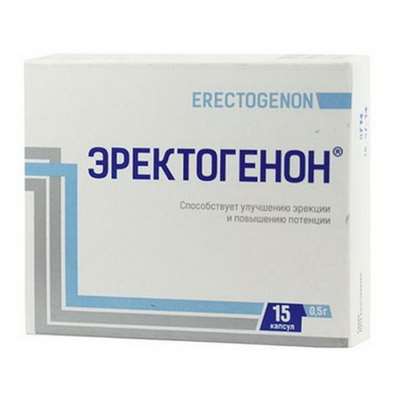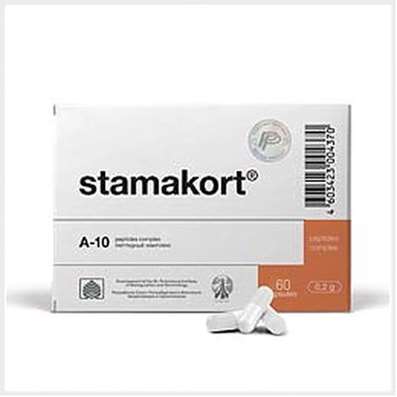Instruction for use: Ferrogradumet
I want this, give me price
Dosage form: Coated tablets; Film tablets
Active substance: Ferri sulfas
ATX
B03AA07 Iron sulphate
Pharmacological groups
Macro and trace elements
Stimulators of hemopoiesis
The nosological classification (ICD-10)
D50 Iron deficiency anemia: Iron deficiency in food; Anemia due to violations of hemoglobin synthesis and iron metabolism; Anemia of iron deficiency; Iron / folic deficiency anemia; Iron deficiency anemia
E61 Insufficiency of other food elements: Weight loss; Nutritional status disorders; Disaccharidase insufficiency; Inadequacy of nutrition; Insufficiency of vitamins and minerals; Deficiency of vitamins and microelements in the winter-spring season
E61.1 Insufficiency of iron: Insufficient food intake of iron; Iron deficiency; Iron deficiency in women during pregnancy; Deficiency of iron and folic acid in pregnancy; Iron deficiency after surgery; Latent iron deficiency; Lack of iron during pregnancy and lactation; Inadequate intake of iron from food; Increased need for iron; Increased need for iron during menstruation; Disturbances of iron absorption from the digestive tract; Severe iron deficiency
E63.1 Unbalanced intake of nutritional elements: An additional source of microelements Disturbances in nutrition; Malnutrition; Lack of fresh vegetables; Inadequate nutrition; Unbalanced and defective food, especially in the spring-winter period; Increased demand for mineral substances; Increased body requirement for vitamin C; Multivitamin deficiency; Weight Loss
I84 Hemorrhoids: Painful hemorrhoidal nodes; External hemorrhoids; Internal hemorrhoids; Inflammation of hemorrhoids; Exacerbation of hemorrhoids; Chronic bleeding hemorrhoids; Acute hemorrhoidal attack
K59.1 Functional Diarrhea: Diarrheal Syndrome; Diarrhea; Diarrhea with prolonged enteral feeding through the probe; Prolonged diarrhea; Nonspecific diarrhea; Acute diarrhea; Syndrome of diarrhea; Functional diarrhea; Chronic diarrhea; Diarrhea with an electrolyte balance disorder; Chronic diarrhea; Diarrhea of non-infectious genesis; Diarrhea after a gastroectomy; Diarrhea in children; Persistent diarrhea; Diarrhea (diarrhea); Enterocolitis of non-infectious origin
K92.2 Gastrointestinal bleeding, unspecified: Gastrointestinal and intestinal bleeding; Acute bleeding from the upper gastrointestinal tract; Gastric bleeding; Gastrointestinal bleeding; Intraoperative abdominal bleeding; Intestinal bleeding; Bleeding in the upper part of the digestive tract; Bleeding gastrointestinal; Bleeding from the upper gastrointestinal tract; Bleeding from the digestive tract; Bleeding intraoperative abdominal; Recurrent bleeding in the digestive tract; Diagnosis of bleeding from the small intestine; Ulcer bleeding; Mallory-Weiss syndrome; Recurrent bleeding from peptic ulcers; Bleeding gastric
N93 Other abnormal bleeding from the uterus and vagina: Atonic uterine bleeding; Prolonged menstruation; Blood loss during menstruation; Bleeding from the genitourinary system; Bleeding uterine dysfunctional; Bleeding from the genital tract of organic etiology; Uterine bleeding; Menorrhagia with fibroids; Functional uterine bleeding; Abnormal bleeding from the genitals in women
R04.0 Epistaxis: Nasal bleeding; Nasal bleeding; Epistaxis
R58 Bleeding, not elsewhere classified: Abdominal apoplexy; Hemorrhagia; Haemorrhage of the esophagus; Hemorrhage; Generalized bleeding; Diffuse bleeding; Diffuse bleeding; Prolonged bleeding; Blood loss; Blood loss during surgical interventions; Bleeding during surgery and in the postoperative period; Bleeding during labor; Bleeding and haemorrhage in hemophilia B; Bleeding from the gums; Bleeding intraoperative abdominal; Bleeding against a background of coumarin anticoagulants; Hepatic hepatitis; Bleeding in hemophilia A; Bleeding at hemophilia A; Bleeding with inhibitory forms of hemophilia A and B; Bleeding due to leukemia; Bleeding in patients with leukemia; Bleeding; Bleeding due to portal hypertension; Bleeding due to hyperfibrinolysis; Drug bleeding; Local bleeding; Local bleeding due to activation of fibrinolysis; Massive blood loss; Acute blood loss; Parenchymal hemorrhage; Hepatic bleeding; Postoperative hemorrhage; Kidney bleeding; Vascular-platelet hemostasis; Traumatic bleeding; Threatening bleeding; Chronic blood loss
Composition and release form
1 tablet, coated with a coating, contains iron (in the form of sulfate) 105 mg; In a cardboard box there are 3 blisters for 10 pcs.
Characteristic
Contains a high percentage of iron, which in the form of sulphate is contained in a special filler (graduation) and from which it is gradually and controlfully released and absorbed, depending on the needs of the organism.
Pharmachologic effect
Mode of action - Replenishing iron deficiency, anti-anemia.
It is used for the synthesis of hemin (hemoglobin, myoglobin, etc.) and non-heme enzymes.
Indication of the drug Ferrogradumet
Treatment and prevention of iron deficiency anemia: bleeding (menorrhagia, metrorrhagia, hemorrhage during labor, hemorrhoidal, with peptic ulcer, frequent nasal bleeding, etc.), increased need for iron (pregnancy, lactation), insufficient iron intake from food, gastrointestinal diseases with Malabsorption (diarrhea).
Contraindications
Hemochromatosis, anemia: aplastic, hemolytic, sidero-sacral, with leukemia, pernicious (in decompensation stage).
Dosing and Administration
Inside, on an empty stomach, for half an hour before breakfast, without chewing and washing down with a sufficient amount of liquid. Adults - 1 tab. (Probably 2 tablets) per day, for several months; After the normalization of the blood picture, the treatment is continued for another 2 months to replenish the iron stores in the body.
Precautionary measures
Use with caution in peptic ulcer, enteritis, ulcerative colitis.
Storage conditions of the drug Ferrogradumet
Keep out of the reach of children.
Shelf life of the drug Ferrogradumet
4 years.
Do not use after the expiry date printed on the package.

 Cart
Cart





